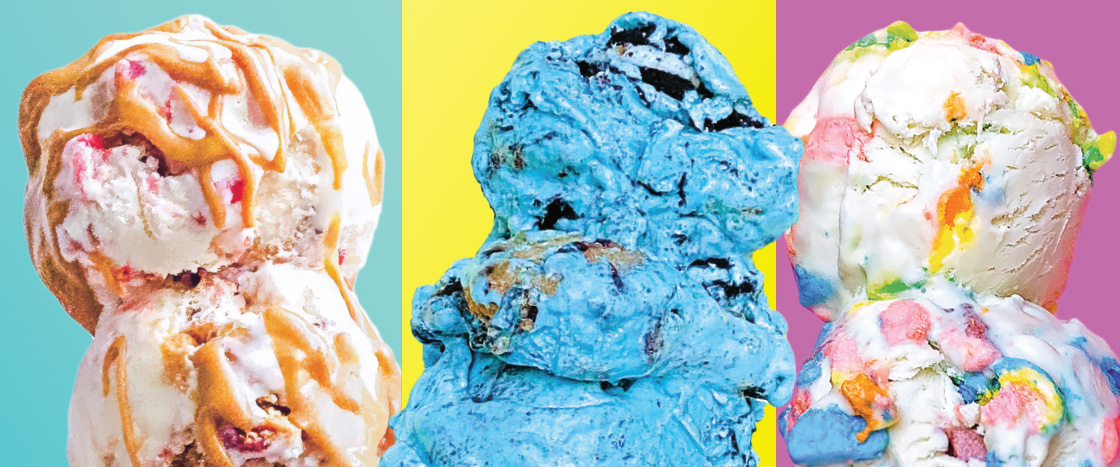ChemistryShorts.org
Dr. Maya Warren thinks her STEM job is one of the sweetest ones around. It’s easy to see why. She makes ice cream! Warren owns a business called IC3 CRM. She helps companies around the world develop new flavors of ice cream, from peanut butter and jelly to ketchup! She uses chemistry, technology, and math in her work.
“So much science goes into making ice cream,” she says. “And people are so curious about it!”
That’s why Warren also appears on TV shows to give others a peek into the fascinating world of food science.
“There are hardly any food scientists on television. It’s almost like we don’t exist in the food world. And yet we feed more people than chefs do,” says Warren. Food scientists develop packaged foods and frozen foods that appear on grocery store shelves.
“I want to shed light on who food scientists are, what we do, and what scientists look like,” Warren says.
Warren spoke with SuperSTEM about the sweet life of an ice cream scientist.
Dr. Maya Warren has a sweet STEM job. She makes ice cream! Warren owns a business. It’s called IC3 CRM. She helps companies around the world. She creates new flavors of ice cream for them. The flavors could be anything. They could be peanut butter and jelly. Or they could be ketchup! She uses chemistry in her work. She also uses technology and math.
“So much science goes into making ice cream,” says Warren. “And people are so curious about it!”
That’s why Warren also goes on TV shows. She shares food science with others.
“There are hardly any food scientists on television,” says Warren. “It’s almost like we don’t exist in the food world. And yet we feed more people than chefs do.” Food scientists create packaged and frozen foods. These foods are sold in grocery stores.
“I want to shed light on who food scientists are. What we do. And what scientists look like,” says Warren.
Warren spoke with SuperSTEM. She talked about an ice cream scientist’s sweet life.

